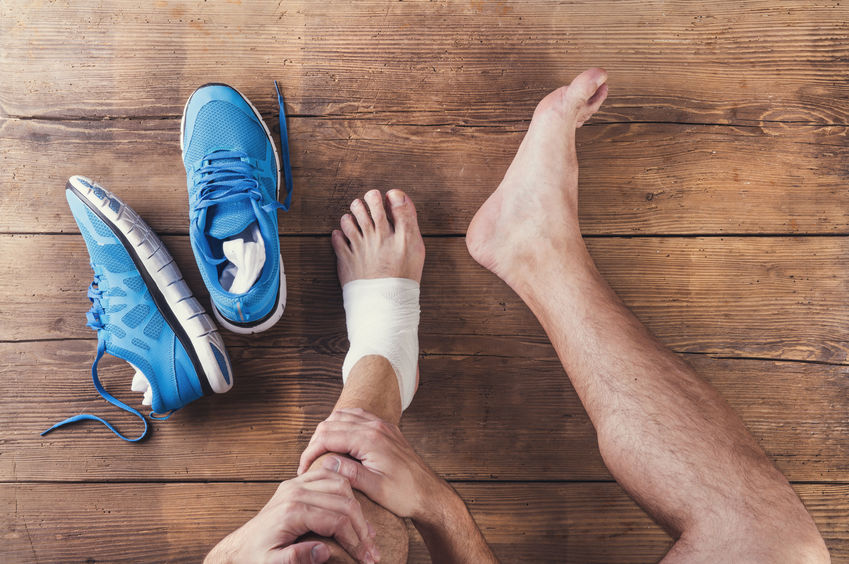There are roughly 28,000 Ankle injuries reported daily in the United States. It is also reported that 45% of all athletic injuries are ankle sprains. However, many athletes will never do physical therapy after having an ankle sprain. If an athlete (or non athlete) does have physical therapy post ankle injury, it may not include the necessary focus on education needed to help an athlete (or non athlete) prevent future injuries. So if it isn’t obvious, you should get physical therapy after an ankle injury, like a sprain or fracture. If you are still not convinced then here are some reasons why:
Safety for Return to Sport:
Going to a physical therapist will help you decide and know when you are able to return to physical activity. This could be knowing when you are allowed to run, jump, do drills, scrimmage, or play in games. There are evidence based criteria that compare you to your own normal and allows the physical therapists to provide a more organized and research based return to sport progression. Every player, athlete, and non athlete is different and their recovery time is different. So getting a professional opinion is 100% necessary to ensure that your are ready to engage in physical activity.
Strength:
Your muscles can and will lose its strength very quickly post ankle injury. It can be hard to know how strong or weak your ankle has become during the recovery process. You may think your ankle is back to pre injury strength but it is very important to have your strength properly tested. Having 100% assurance and information on the progress of your recovery post injury is very vital. What can seem like a small asymmetry of strength, can actually turn into a quick re-injury or even an overuse injury in the future.
Range of Motion:
The idea of knowing the range of motion of your recovery ankle seems simple enough, but there are more important things
to consider. The ankle joint is more stable in a “flexed” or “dorsiflexed” position rather than a “pointed” position. While getting a point back is very important for a dancer or gymnast, you want to make sure you regain full dorsiflexion. You want to make sure you regain this so your ankle is able to move into its more stable position when needed.
Proprioception:
So you ankle contains these little receptors called proprioceptors that help you know where your foot and ankle are in space. These receptors pretty much let your body know where your feet are. If you didn’t have these receptors then you would have to look at your feet all day. These receptors are very important because it allows your body to know where to place your foot without “rolling your ankle”. They also let you know when to self correct it if it encounters a surprise landing, like stepping off the edge of a mat, off a stair or curb, an unstable surface, or if you trip or stumble.
So your proprioceptors don’t just go back to normal after the pain and swelling that comes with an ankle injury. You will have to strengthen them back up just like muscles. There are a lot of ways to strengthen your proprioceptors. It typically starts with basic balance exercises and can work your way up to the fun and creative sport specific drills.
Education:
After sustaining your initial injury, you don’t want to continue having the same injuries time and time again. You want to learn how to take care of your body and how to prevent future injuries. You will want to “graduate” PT with a sustainable home exercise program and with an understanding of why it is important to continue to work on your strength, flexibility, and balance.
So, if you’ve recently had an ankle sprain or fracture, come in (or schedule a virtual visit) and see what makes our physical therapists the best of the best! If you’ve had ankle sprains or fractures in the past and continue to have pain or decreased function, you can benefit from physical therapy too. And if you aren’t currently injured but would like to prevent future ankle sprains, schedule a visit with one the Peak Wellness physical therapists today by calling 203-625-9608. I hope you enjoyed learning a little bit about ankle sprains and physical therapy. Stay healthy, stay strong, and keep those proprioceptors firing!











